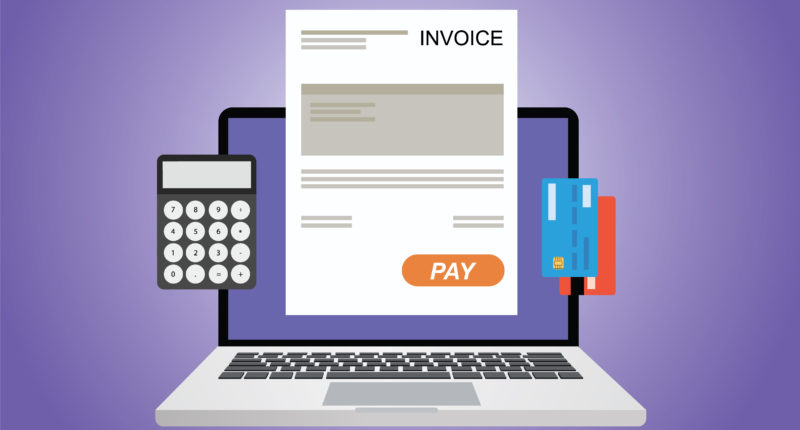1st April 2021 marks the beginning of a new financial year in India. 2020-21 was a landmark year as it saw India implement one of the biggest reforms in Goods and Services Tax (GST) Laws, electronic invoicing or e-invoicing. While not the first of its kind globally, it was definitely a digital breakthrough in the way India reports business transactions.
The start of the coming financial year will see three new important updates in the Goods and Services Tax (GST) Laws spanning dynamic QR code generation for B2C invoices, HSN code reporting, and further expansion of the e-invoicing reform to bring more business under its scope. Let’s go into the details of what these new updates entail and find out whether any of them apply to your business.
Dynamic QR code requirements for B2C invoices
Towards the end of 2020, the government had mandated that businesses with more than Rs.500 crore turnover have to generate dynamic QR codes on their B2C invoices. Dynamic QR Codes contain typical invoices details such as the GSTIN of the supplier, invoice number, invoice value, invoice date, GST amounts, etc. However, the differentiating factor is that in addition to the basic invoice details, the dynamic QR codes should also contain payment details such as the supplier’s UPI ID and the payee’s bank account number and IFSC code. One of the main reasons for introducing this new requirement under the law is to facilitate digital payments using UPI (United Payments Interface).
This new provision applies to all businesses who crossed the Rs.500 crore turnover limit, except for insurance companies, banking companies, financial institutions including NBFCs, goods transport agencies (GTA), passenger transportation services, suppliers of services by way of admission to an exhibition of cinematography in films in multiplex screens and the registered person making OIDAR supplies.
However, from 1st December 2020, the initial implementation date, a notification released stated that penalties for non-compliance would be waived until 31st March 2021. This means that businesses falling under this new update’s purview will now need to mandatorily issue dynamic QR codes on their B2C invoices from 1st April 2021.
HSN code reporting in tax invoices
HSN stands for Harmonized System of Nomenclature. This was introduced to classify goods all over the world systematically. An HSN code is a 6-digit uniform code that classifies over 5000 products, and the same has been accepted worldwide. The first two digits of an HSN code represent the chapter number of the goods, the next two digits indicate the heading number and the last two digits are the product code.
From 1st April 2021, all taxpayers will need to report HSN codes in the tax invoices mandatorily. Taxpayers with turnover up to Rs.5 crore will have to report 4-digit HSN codes, whereas taxpayers with turnover more than Rs.5 crore will have to report 6-digit HSN codes in the tax invoices. However, taxpayers with turnover up to Rs.5 crore need not mention the HSN code digits applicable to them if the supplies are being made to unregistered persons, i.e., on B2C invoices.
e-Invoicing extended to businesses with a turnover of more than Rs.5 crore
Another new update in GST laws which will apply from 1st April 2021, is that phase three of e-invoicing will be rolled out. Businesses with a turnover exceeding Rs.50 crore will need to implement e-invoicing norms and generate e-invoices for their B2B supplies.
So far, only businesses with turnover exceeding Rs.500 and Rs.100 crore were covered under the scope of e-invoicing, from 1st October 2020 and 1st January 2021, respectively. Now, the scope has been extended to businesses exceeding Rs.50 crore turnover as well.
However, irrespective of turnover, an insurer, a banking company or NBFC, a financial institution, a person supplying passenger transportation services, a GTA, an SEZ unit, and a registered person supplying services by way of admission to the exhibition of cinematographic films in multiplex services, are not required to generate e-invoices.
For any clarifications/feedback on the topic, please contact the writer at athena.rebello@cleartax.in

I’m a Chartered Accountant by profession and a writer by passion. ClearTax lets me be both. I love travel, hot tubs, and coffee. I believe that life is short, so I always eat dessert first. Wait.. life is also too short to be reading bios… Go read my articles!





